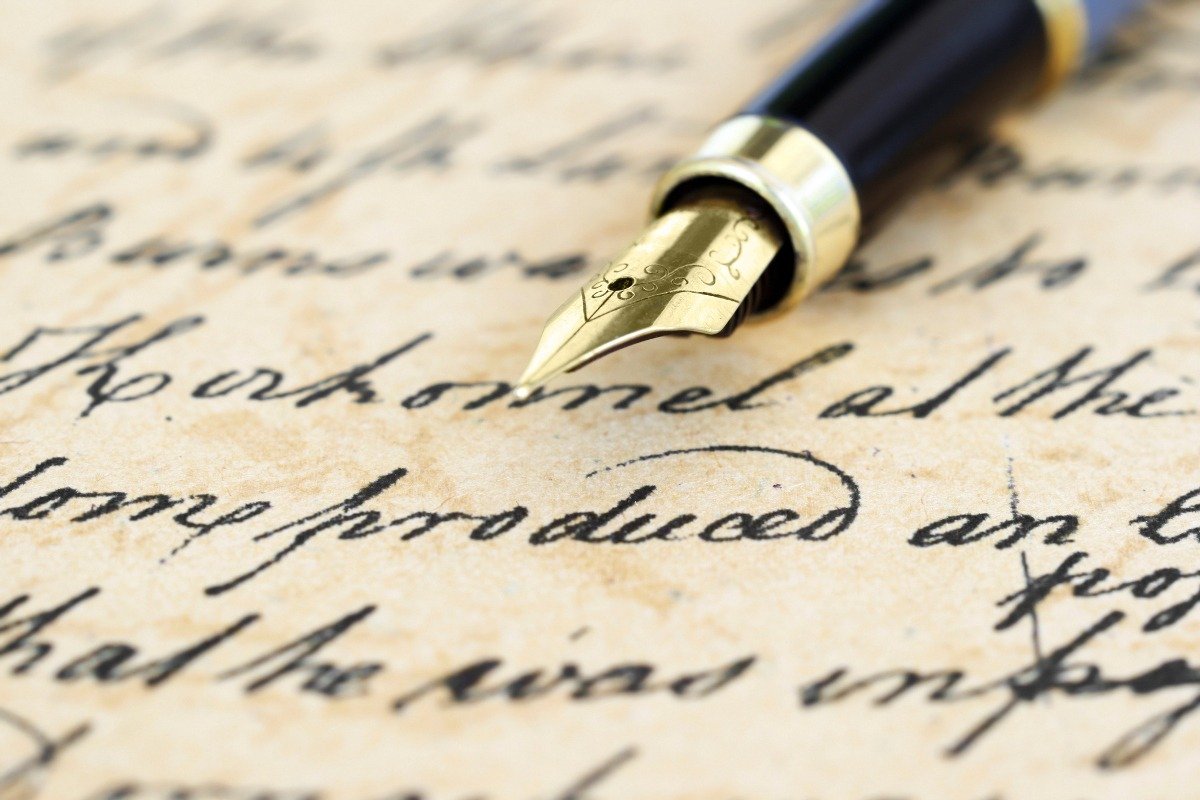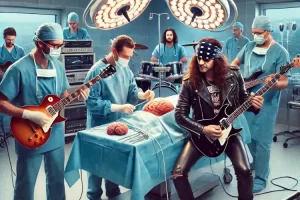Handwritten jottings by doctors can serve as a great primer in the art of medicine. A tenacious few continue to part with their wisdom on paper

“I have come to you because my neurosurgeon retired a few years ago and I’ve been asked to do an MRI every 2 years to make sure my tumour hasn’t come back,” an elderly lady stated as she pulled out a note from amidst a heap of medical records neatly filed and crisply labelled. “He was the most wonderful human being I have met in my life,” she added, handing his note to me. One glance at the off-white paper tastefully inked with a fountain pen in handwriting that would make an artist blush made me realize why she felt the way she did for him.
The note summarized her past records and clinical findings with such finesse that even textbooks would pale in comparison. It meticulously mentioned a pattern of thinking and a plan for how her treatment should proceed in the future. It was written in handwriting that was mesmerizing; I am someone who finds it exacting to read my own handwriting a few days after I have written something, leave aside trying to decipher the handwriting of other doctors of my generation.
The note exuded a deep level of care and concern, of nobility and kindness in treating a patient as a whole, rather than simply focusing on a crevice in her brain through which he had removed her tumour a few decades ago, which had resulted in an unblemished MRI till date. “Can I take a picture of this?” I asked the lady as she gazed at me perplexed by my awe. “We don’t see this kind of beauty in our generation,” I explained, soaking in the equivalent of a Rembrandt or Monet. “We are wrapped in the trappings of technology, which is invaluable, but it ironically takes away from us something that is priceless.” I told her that her scan looked perfect and that I would see her again after a few years, with yet another MRI that I was confident would look unchanged.
Every time I find myself falling short in some way or feeling mediocre, I scroll up to the photograph of that note on my phone, thinking of a generation of doctors with half the resources we have and yet being twice as diligent. Despite being such a stately figure in the field, the esteemed gentleman who had written that note lived his life with a simplicity and an elegance that one could only dream of emulating. He is still a constant feature in most esteemed neurosurgical conferences, reminding the fraternity to continually do the right thing at a time when nearly everything seems flawed.
My personal interaction with him had been minimal, as he had retired by the time I started practice in the city, until he wrote me an email a few months ago to say how much he enjoyed reading my articles in the papers. He signed off with ‘more power to your elbow’, followed by his first name. As I reply to a handful of such emails each week, I wrote to acknowledge his email with gratitude but erroneously addressed him by his first name; not registering it was ‘the neurosurgical matriarch’ until after I hit ‘send’. I wrote back immediately, telling him how embarrassed I was at my blunder, but he brushed it away, explaining that such reverence was reserved for teachers and saints and that we were merely colleagues. He invited me over to his home and we spent a lovely afternoon chatting about cabbages and kings.
Recently, a chirpy patient of mine with unremitting back pain sought an opinion from a senior physician who the country unequivocally considers the God of medicine. “Can I write a letter to your doctor?” he asked her, after having analysed her case. “Of course,” she proclaimed. “He’ll end up framing it in gold!” she said confidently. In a few words, this medical luminary detailed what he thought was going on, suggesting a few modifications and advising that she continue treatment under my care. Within a few sentences, decades of wisdom were handed over with no other reason but to enlighten and encourage a complete stranger – me.
A candle loses none of its light by lighting another, I realized, when I thought about what contributes to such magnanimity. I wrote back requesting a personal meeting and he obliged immediately. He autographed for me copies of books written by him, and when he agreed to allow me to take a picture with him, with me reverentially maintaining a safe distance, he instructed, “Come stand a little closer,” and put his arm around me. I felt like how a teenage footballer would after getting snapped with Messi, or a fledgling actor after sharing the frame with Mr. Bachchan. These moments happen in medicine too.
“A letter should be regarded not merely as a medium for the communication of intelligence,” advised an 1876 guide to the art of epistolary etiquette, “but also as a work of art.” Surgical notes are a primer in the art of medicine. The charm of writing and sharing letters can never be replaced by the curtness of the efficiency-obsessed electronic generation. Even so, modern technology is indeed a boon in enhancing patient care. Budding doctors can spiral images to their more seasoned counterparts and seek hypersonic guidance – only because ‘what to do’ is always more pivotal than ‘how to do’. The latter is simply technique, the former, tenacity. “You not only save the lives of patients, you save the lives of other doctors too!” I joked with a senior neurosurgeon friend who had recently advised me on a case I needed an opinion on.
Medicine is fraught with doctors who want to give: give of their time, effort, and insight. That is one indisputable way to carry one’s legacy forward. What they know will go with them, but what they teach will live on forever. These greats live their lives with a sentient generosity of spirit.
To accomplished doctors who look out for the burgeoning counterparts, may you all be blessed with a healthy life that is energized by the insurmountable goodwill of the millions you have healed and even more that you have inspired.





